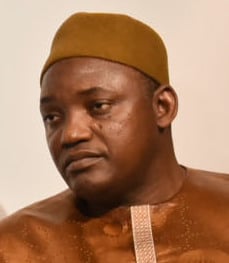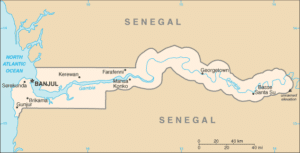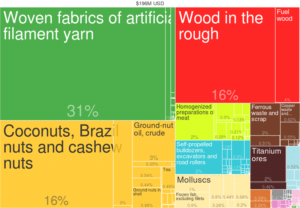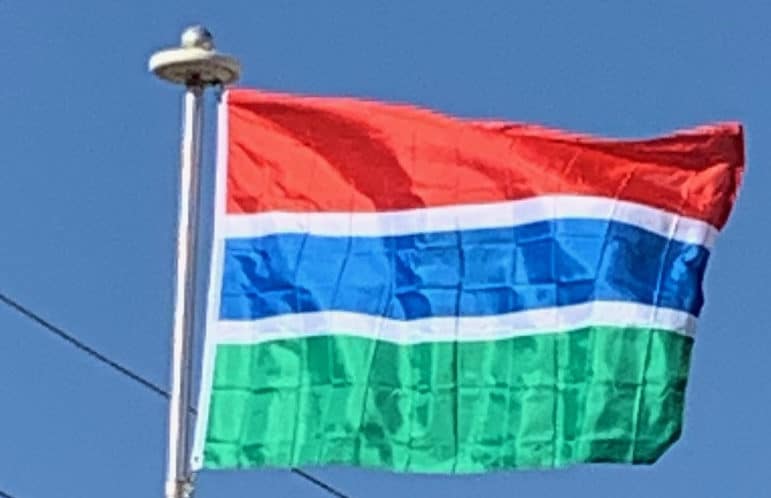Following the 1 December 2016 elections, the elections commission declared Adama Barrow the winner of the presidential election. Jammeh, who had ruled for 22 years, first announced he would step down after losing the 2016 election before declaring the results void and calling for a new vote, sparking a constitutional crisis and leading to an invasion by an ECOWAS coalition. On 20 January 2017, Jammeh announced that he had agreed to step down and would leave the country.

On 14 February 2017, The Gambia began the process of returning to its membership of the Commonwealth and formally presented its application to re-join to Secretary-General Patricia Scotland on 22 January 2018. Boris Johnson, who became the first British Foreign Secretary to visit The Gambia since the country gained independence in 1965, announced that the British government welcomed The Gambia’s return to the Commonwealth. The Gambia officially rejoined the Commonwealth on 8 February 2018.
Geography:
The Gambia is a very small and narrow country whose borders mirror the meandering Gambia River.
The Gambia is less than 50 kilometres (31 miles) wide at its widest point, with a total area of 11,295 sq km (4,361 sq mi). About 1,300 square kilometres (500 square miles) (11.5%) of The Gambia’s area are covered by water. It is the smallest country on the African mainland. In comparative terms, The Gambia has a total area slightly less than that of the island of Jamaica.

Senegal surrounds The Gambia on three sides, with 80 km (50 mi) of coastline on the Atlantic Ocean marking its western extremity.
The present boundaries were defined in 1889 after an agreement between the United Kingdom and France. During the negotiations between the French and the British in Paris, the French initially gave the British around 200 miles (320 km) of the Gambia River to control. Starting with the placement of boundary markers in 1891, it took nearly 15 years after the Paris meetings to determine the final borders of The Gambia. The resulting series of straight lines and arcs gave the British control of areas about 10 miles (16 km) north and south of the Gambia River.
Economy:
The Gambia has a liberal, market-based economy characterized by traditional subsistence agriculture, a historic reliance on groundnuts (peanuts) for export earnings, a re-export trade built up around its ocean port, low import duties, minimal administrative procedures, a fluctuating exchange rate with no exchange controls, and a significant tourism industry.

Agriculture accounts for roughly 30% of the gross domestic product (GDP) and employs about 70% of the labor force. Within agriculture, peanut production accounts for 6.9% of GDP, other crops 8.3%, livestock 5.3%, fishing 1.8%, and forestry 0.5%. Industry accounts for about 8% of GDP and services around 58%. The limited amount of manufacturing is primarily agricultural-based (e.g., peanut processing, bakeries, a brewery, and a tannery). Other manufacturing activities involve soap, soft drinks, and clothing.
